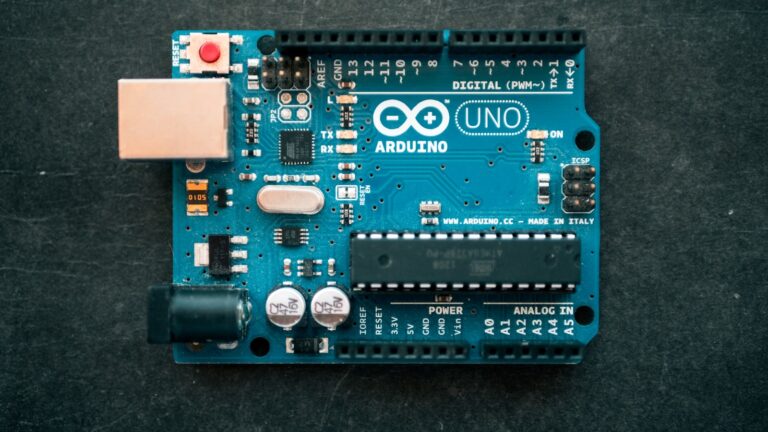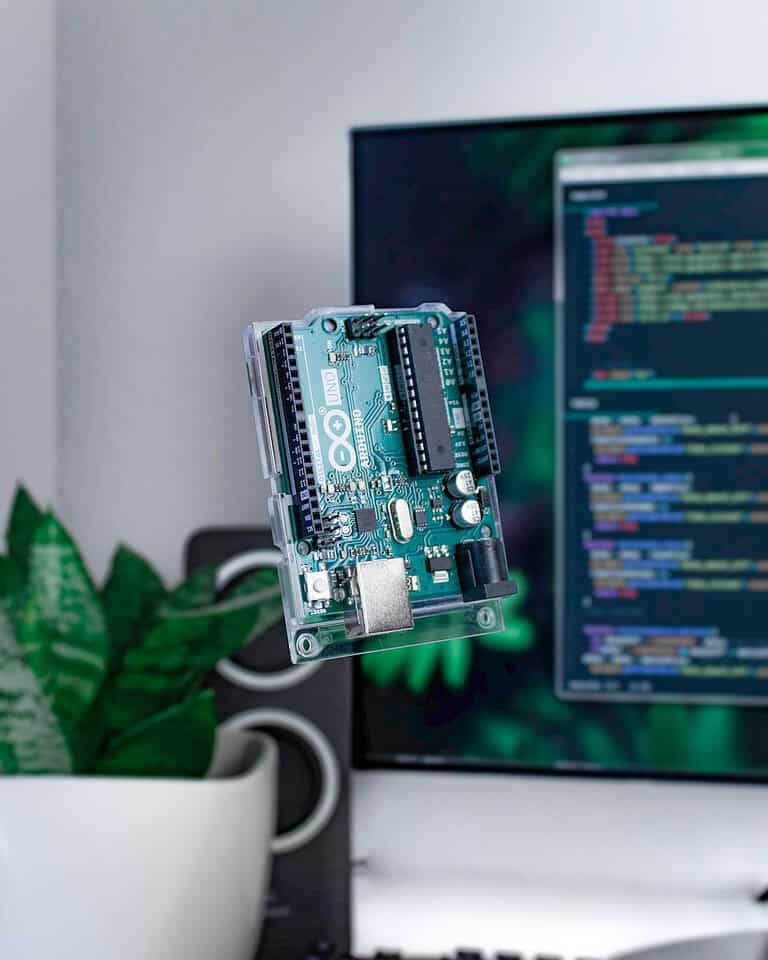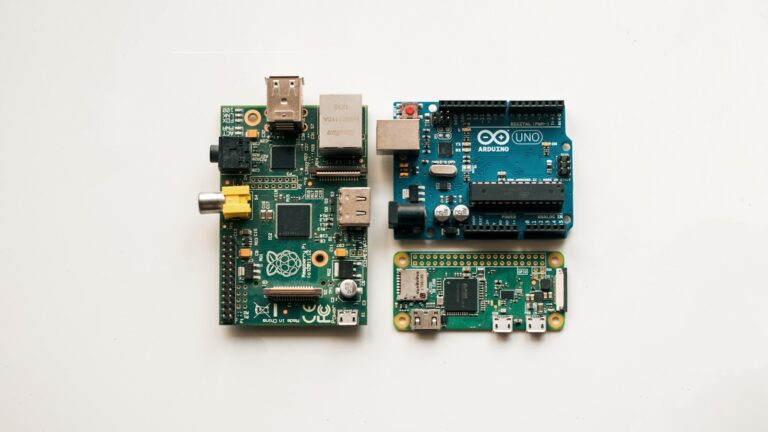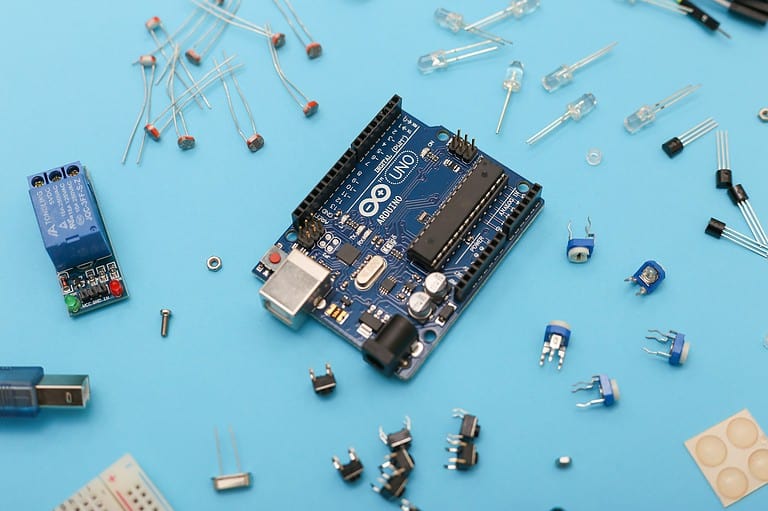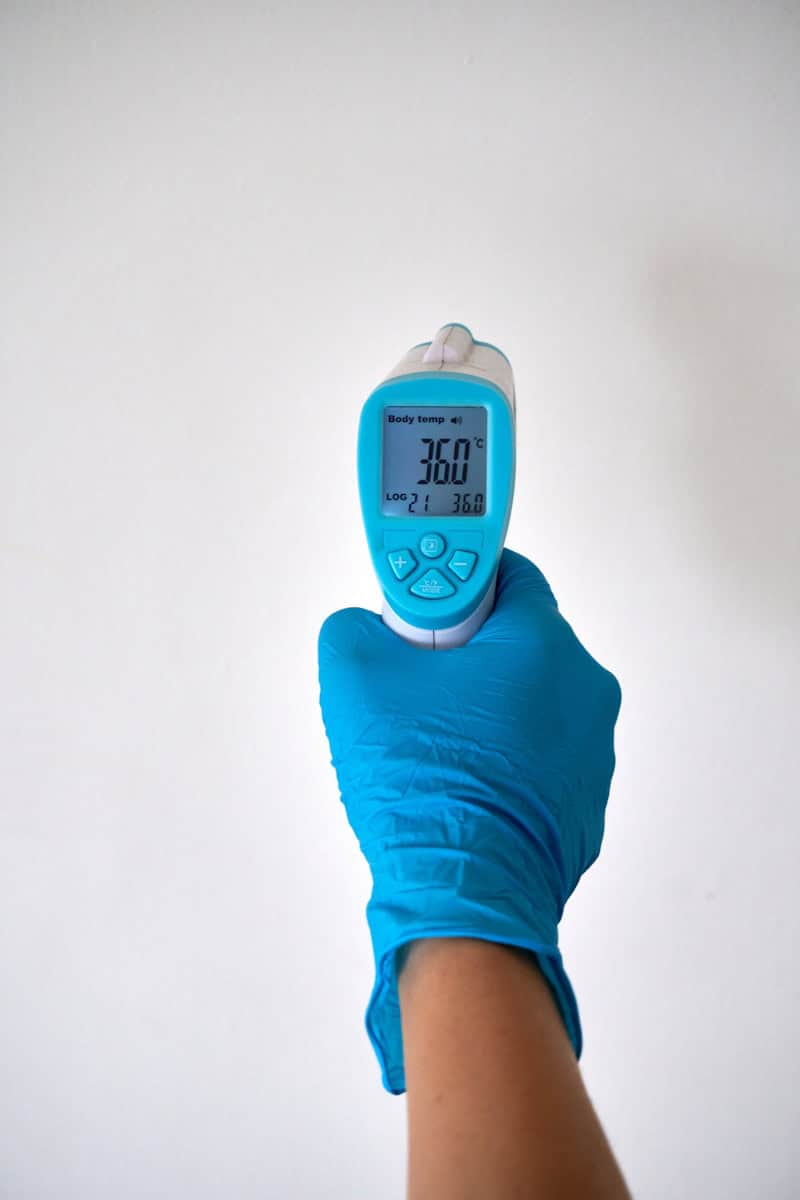
Are digital thermometers accurate? When it comes to measuring temperature, accuracy is crucial for health monitoring. Digital thermometers are generally very accurate and provide quick readings. They are widely used because they are easy to use and display temperatures clearly, which can help in making informed health decisions.
Different types of digital thermometers exist, such as oral, ear, and forehead thermometers. Each type has its use cases and unique benefits. For example, oral thermometers are commonly used for older children and adults, while ear thermometers are preferred for infants and young kids.
It is important to follow the manufacturer’s instructions for the best results. Using a digital thermometer correctly ensures that you get an accurate reading every time. Knowing how to use and maintain your thermometer can make all the difference.
Temperature Check: The Accuracy of Digital Thermometers
How Digital Thermometers Work
Digital thermometers rely on a thermistor, a sensor that changes its electrical resistance based on temperature. This change is then converted into a digital reading. These thermometers are generally considered to be more accurate and easier to read than traditional mercury thermometers.
Factors Affecting Accuracy
- Placement: The location where you take the temperature (mouth, armpit, rectum) can affect the reading. Rectal temperatures are typically considered the most accurate.
- Battery Life: Low battery power can affect a digital thermometer’s accuracy. Always check the battery before use.
- Calibration: Digital thermometers should be calibrated periodically to ensure accuracy. Refer to the manufacturer’s instructions for details.
- User Error: Incorrect usage, such as not placing the thermometer properly or not leaving it in for the recommended time, can lead to inaccurate readings.
Accuracy Standards
Most digital thermometers are accurate within 0.2°F (0.1°C) when tested in a controlled environment. However, in real-world use, variations may occur due to the factors mentioned above.
Types of Digital Thermometers
| Type | Typical Accuracy | Notes |
|---|---|---|
| Oral | ± 0.2°F (0.1°C) | Most common type, easy to use |
| Rectal | ± 0.2°F (0.1°C) | Most accurate, recommended for infants |
| Ear (tympanic) | ± 0.5°F (0.3°C) | Quick, but can be affected by earwax |
| Forehead (temporal) | ± 0.5°F (0.3°C) | Convenient, but can be less accurate |
| Armpit (axillary) | ± 0.5-1°F (0.3-0.6°C) | Least accurate, good for a general idea of temperature |
Tips for Accurate Readings
- Follow the manufacturer’s instructions carefully.
- Place the thermometer correctly as per its type (oral, rectal, etc.).
- Wait for the thermometer to beep or signal before reading the temperature.
- Take multiple readings to ensure consistency.
Digital thermometers offer a convenient and accurate way to measure body temperature. While they are generally reliable, it’s important to be aware of factors that can affect their precision and to follow best practices for obtaining accurate readings.
Key Takeaways
- Digital thermometers are accurate and quick.
- Use the right type of thermometer for the situation.
- Follow instructions for reliable results.
Understanding Digital Thermometer Accuracy
Digital thermometers use modern technology to measure body temperature accurately. This section explores how they work, their accuracy compared to mercury thermometers, and factors that may influence their readings.
Mechanism of Action and Parameters
Digital thermometers rely on heat sensors to measure body temperature. These sensors detect heat from the body and convert it into an electrical signal. The signal is then displayed as a temperature reading on a digital screen.
Some digital thermometers use infrared sensors for measuring temperature from the forehead or ear. Infrared sensors capture emitted body heat, providing a quick and non-invasive reading.
Calibrations ensure accuracy. Manufacturers often calibrate thermometers to measure within a narrow margin of error. Regular battery checks are essential, as low battery power can affect accuracy.
Reliability can also depend on the location of the temperature measurement. Oral, rectal, and armpit readings can differ slightly. Rectal readings are often most accurate for infants and young children.
Comparison with Traditional Mercury Thermometers
Digital thermometers are generally easier to use and read. They provide quick results without the need for shaking down mercury, like traditional mercury thermometers.
Mercury thermometers have long been considered the gold standard for accuracy. They measure temperature through the expansion of mercury inside a glass tube. However, due to concerns about mercury exposure and breakage, use has declined.
Digital thermometers have largely replaced mercury thermometers in households and medical settings. They are safer and more convenient. They also tend to be more durable since there’s no risk of broken glass or mercury leakage.
Accuracy between the two types is comparable. Users should ensure they follow the manufacturer’s guidelines for using and reading digital thermometers.
Factors Influencing Accuracy
Several factors can impact the accuracy of digital thermometers. One key factor is proper placement. An incorrectly positioned thermometer may give an incorrect reading. For instance, oral thermometers should be placed under the tongue, while forehead thermometers should be moved smoothly across the skin.
Environmental conditions also play a role. Extreme temperatures can affect sensor performance. It’s best to store thermometers at room temperature and allow them to acclimate before use.
Hygiene and maintenance are crucial. Regular cleaning of the thermometer according to the manufacturer’s instructions will help maintain accuracy. Build-up of residues can interfere with sensor readings.
Lastly, user error, such as failing to wait until the beep or not properly resetting the thermometer, can result in inaccurate results. Proper user training is important for consistent and reliable measurements.
Types and Use Cases for Digital Thermometers
Digital thermometers are known for their accuracy and ease of use. This section will discuss the different types available and best practices for their usage across various age groups.
Choosing the Right Digital Thermometer
There are several types of digital thermometers, each suited for different needs. Oral thermometers are common and easy to use. They need to be placed under the tongue with the mouth closed for accurate readings.
Ear thermometers, or tympanic thermometers, use infrared technology to measure the temperature inside the ear canal. They are quick but need to be positioned correctly.
Rectal thermometers are the gold standard for infants due to their precision. Their flexible tips make them safer to use.
Forehead thermometers, or temporal artery thermometers, are non-contact infrared devices that scan the forehead. They are suitable for all ages and can be especially convenient for children.
Pacifier thermometers are designed for infants and toddlers. A baby simply has to suck on them for a comfortable reading.
Using a thermometer with a digital display and memory functions can help track temperature changes over time. Other features to consider include silent mode for use while a child is sleeping and whether it measures in both Celsius and Fahrenheit.
Best Practices for Different Age Groups
Different age groups require different types of digital thermometers for accurate and safe temperature measurements.
For infants, rectal thermometers provide the most reliable readings. Forehead thermometers are a good alternative when rectal measurement is not feasible.
Children can benefit from ear or forehead thermometers as they are non-invasive and quick. An ear thermometer should be used in children older than six months, with correct positioning being crucial for accuracy.
Adults can use oral, ear, or forehead thermometers. Oral thermometers work best when placed under the tongue with a closed mouth. Ear thermometers provide quick results, especially in medical settings.
Pacifier thermometers are suitable for infants who use pacifiers. They offer a non-intrusive way to monitor a baby’s temperature.
Ensuring proper usage, such as cleaning the thermometer before and after use, helps maintain accuracy. Always follow the thermometer’s instructions and consult with a physician for any concerns regarding fever or other symptoms.
Frequently Asked Questions
Digital thermometers are widely used for their convenience and accuracy. Here are straightforward answers to common questions about their accuracy and usage.
How do I know if my digital thermometer is accurate?
To check if a digital thermometer is accurate, conduct a simple test. Place it in ice water to see if it reads close to 32°F (0°C) or in boiling water for 212°F (100°C).
Which type of thermometer is the most accurate for home use?
For home use, digital rectal thermometers offer the highest accuracy. This is particularly true for infants and young children. For general use, digital oral thermometers are reliable and easier to use.
What factors affect the accuracy of ear thermometers?
Ear thermometers can be less accurate if not positioned correctly. Earwax buildup and improper insertion can also impact readings. Always follow the manufacturer’s instructions to ensure accurate measurements.
Is there a significant accuracy difference between forehead and oral digital thermometers?
Forehead thermometers can be less accurate than oral thermometers. Forehead readings can be affected by external factors like sweat and room temperature. Oral thermometers usually provide more consistent results.
How can I verify the reliability of a digital thermometer?
To verify a thermometer’s reliability, compare its readings with those from a control device known to be accurate. Repeating the test several times in different conditions can help confirm consistency.
What should be considered when using a digital thermometer to ensure accurate readings?
Ensure the thermometer is clean before use. For oral readings, place the tip under the tongue and close the mouth. Avoid eating or drinking before taking a reading. For ear or forehead thermometers, follow the specific guidelines provided by the manufacturer.

